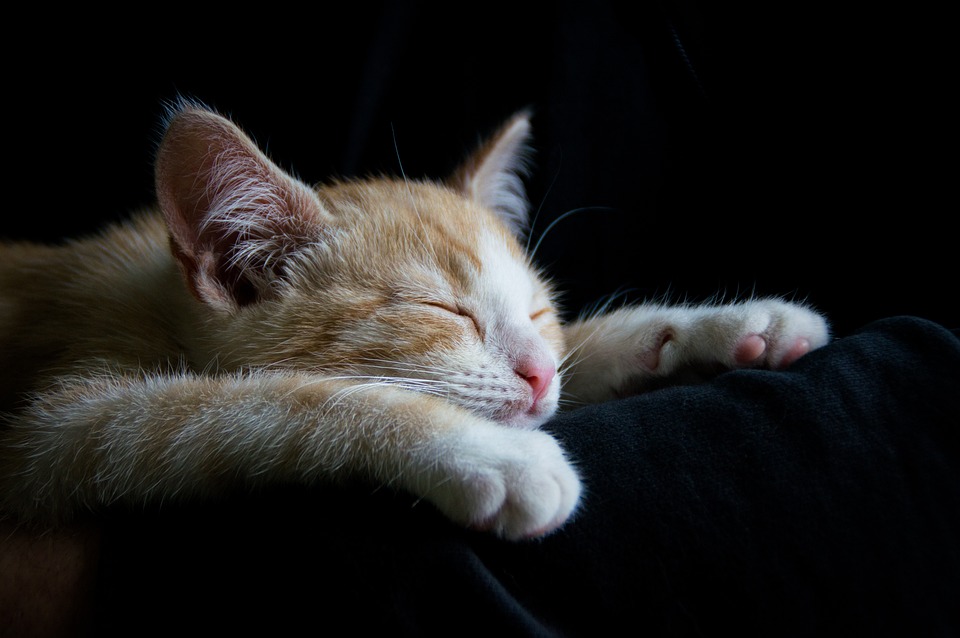Cataracts are a common eye condition that can affect cats, just as they do humans. While cataracts in cats are not as prevalent as in dogs, they can still cause significant discomfort and vision impairment. As a responsible cat owner, it is essential to understand the causes, symptoms, and treatment options available for this condition. In this article, we will explore all these aspects and provide you with valuable insights into managing cataracts in cats.
What are Cataracts?
Cataracts refer to the clouding of the lens in the eye, leading to impaired vision. The lens, which is normally clear, becomes opaque due to various factors, affecting the passage of light to the retina. Ultimately, this results in reduced visual acuity and can lead to blindness if left untreated.
Causes of Cataracts in Cats
Several factors can contribute to the development of cataracts in cats:
Genetic Predisposition: Certain cat breeds, such as Persians and Siamese, have a higher genetic predisposition for cataracts.
Aging: As cats grow older, their lens fibers may break down, leading to cataract formation.
Trauma or Injury: Severe eye trauma or injury can damage the lens, causing cataracts to form.
Diabetes Mellitus: Cats with uncontrolled diabetes are more prone to developing cataracts due to high blood sugar levels affecting the lens.
Recognizing the Symptoms of Cataracts in Cats
It’s important to be vigilant about any changes in your cat’s eye health. The following symptoms may indicate the presence of cataracts:
Cloudy or Blurry Vision: Cats with cataracts may exhibit a cloudy or foggy appearance in their eyes, indicating compromised vision.
Changes in Eye Color: The affected eye may appear different in color compared to the healthy eye, often displaying a grayish or bluish tint.
Increased Clumsiness: Cats with cataracts may become more disoriented and exhibit clumsiness while navigating their surroundings.
Frequent Bumping into Objects: Impaired vision can cause cats to misjudge distances, leading to collisions with furniture or walls.
Eye Discomfort or Redness: Cataracts can cause eye discomfort, leading to excessive blinking, redness, or squinting.
Diagnosing Cataracts in Cats
If you suspect your cat has cataracts, a veterinarian specializing in ophthalmology should conduct a comprehensive examination. Diagnostic tests may include:
Veterinary Examination: Your veterinarian will assess your cat’s overall health, review its medical history, and perform a thorough eye examination.
Ophthalmic Tests: Specialized tests, such as slit-lamp biomicroscopy, indirect ophthalmoscopy, or ultrasound, may be performed to evaluate the severity and characteristics of the cataracts.
Treatment Options for Cataracts in Cats
The treatment approach for cataracts in cats depends on several factors, including the cat’s overall health, the severity of the cataracts, and the impact on daily life. Treatment options include:
Medical Management: If the cataracts are not causing significant vision impairment or discomfort, your veterinarian may recommend managing any underlying conditions contributing to cataract development, such as diabetes.
Surgical Intervention: When cataracts severely impact vision or cause discomfort, surgery may be necessary. Phacoemulsification, a procedure that involves removing the cloudy lens and replacing it with an artificial one, is commonly performed in cats.
Frequently Asked Questions (FAQs)
Q: Can cataracts in cats be prevented?
A: While it’s difficult to prevent cataracts entirely, maintaining good overall health and managing any underlying conditions can reduce the risk.
Q: Are cataracts painful for cats?
A: Cataracts themselves are not typically painful, but they can cause discomfort due to associated conditions like inflammation or secondary complications.
Q: Is surgery the only option for treating cataracts in cats?
A: Not necessarily. Surgical intervention is recommended when cataracts significantly impair vision or cause discomfort. However, regular monitoring and managing underlying conditions can be sufficient in some cases.
Q: Can cats regain their vision after cataract surgery?
A: Yes, cataract surgery can often restore a cat’s vision, especially if performed promptly and with appropriate post-operative care.
In conclusion, cataracts in cats can severely impact their quality of life and visual acuity. Recognizing the symptoms and seeking prompt veterinary care is crucial in managing this condition effectively. With advancements in veterinary ophthalmology, treatment options are available to improve your cat’s vision and overall well-being. Consult your veterinarian for personalized advice and guidance tailored to your cat’s specific needs.








